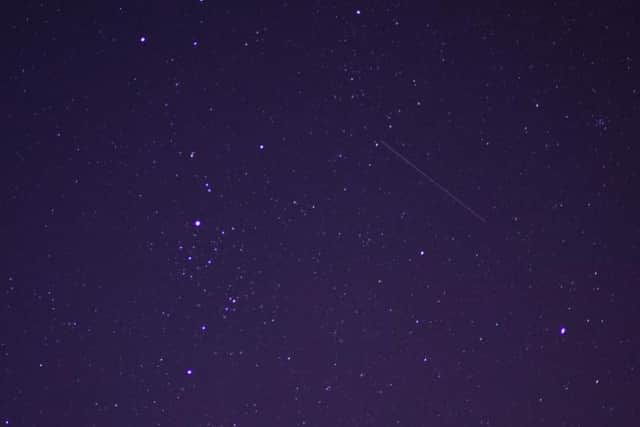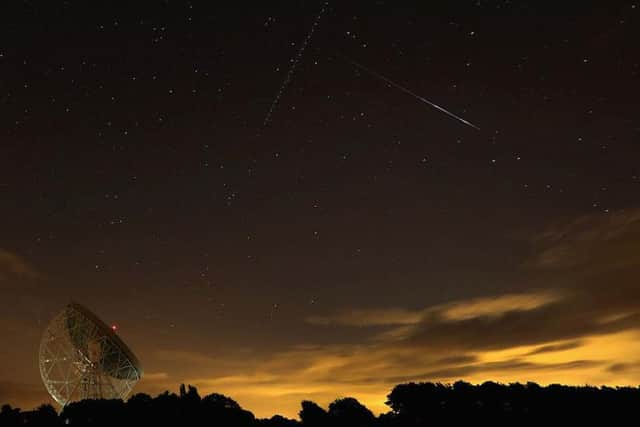How to watch the Quadrantids meteors from Scotland, and when the shower peaks
and live on Freeview channel 276
That's because the first meteor shower of 2020 looks set to give stargazers a dazzling show just a few nights into the New Year, with the Quadrantids lighting up the night sky in early January.
The shower has been ongoing since 28 December and runs until 12 January, but its peak is coming up tomorrow (3 January).
What are the Quadrantids?


Advertisement
Hide AdAdvertisement
Hide AdThe Quadrantitds are one of a number of annual meteor showers.
The name comes from Quadrans Muralis, a constellation created in 1795 by French astronomer Jérôme Lalande, from where the meteors appeared to radiate.
The constellation was made obsolete in 1922 when the International Astronomical Union devised a new list of modern constellations - which did not include Quadrans Muralis - but the meteor shower still retains the name 'Quadrantids'.
It is believed the origin of the particles that cause the meteors is 2003 EH1, an asteroid that is thought to be an extinct comet.


When is the best time to see them?
Advertisement
Hide AdAdvertisement
Hide AdThe Quadrantids are unusual, in that the window of their peak intensity is relatively narrow.
While most meteor showers peak over a couple of days, the most active point of the Quadrantids can last only a few hours.
This year's shower is expected to peak on Friday 3 January, but whether the shower will spike during night-time hours is harder to predict.
How regular will the meteors be?
At the shower's peak, Quadrantid meteors could be as regular as 120 per hour - that's about one every 30 seconds. But that all depends on when the peak actually occurs.
Advertisement
Hide AdAdvertisement
Hide AdIf it has been and gone by the time the sun sets, budding astronomers may only get to see a meteor every few minutes.
On the other hand, if conditions are perfect there could be a repeat of 2014's shower on the cards, in which an intensity spike of 315 meteors an hour was briefly recorded.
That works out to roughly one 'shooting star' every 11 seconds.
What do I need to see them?
Meteor showers are typically visible with the naked eye, so no special equipment is needed, but those in rural areas with minimal light pollution will have a clearer view.
Advertisement
Hide AdAdvertisement
Hide AdHeading out to a dark spot is the best plan of action, and stargazers should allow around 20 minutes for their eyes to become accustomed to the dark.
The meteors of the Quadrantids can also be fainter than their counterparts in year's other showers, so dark skies and properly adjusted eyes are more of a must than ever.
Patience is also a virtue, as shooting stars tend to appear in clusters, followed by a lull.
The meteors will appear to come from the direction of the constellation of Boötes, not far from the Plough.
Advertisement
Hide AdAdvertisement
Hide AdA cloudy night could still scupper your chances of spotting any meteors, however, so keep your eye on weather forecasts.
The Met Office's current forecast for Friday 3 January predicts "early rain over England and Wales clearing, brighter conditions following.
Northern Scotland will be "windy and blustery with wintry showers", and it will feel colder than the lasts couple of days.